‘All aboard’: Metro excavation journeys through Sydney’s past
What started as the construction of an underground rail network has ended in a journey through time after the long-ago home of a prominent Sydneysider was found hidden under the city streets
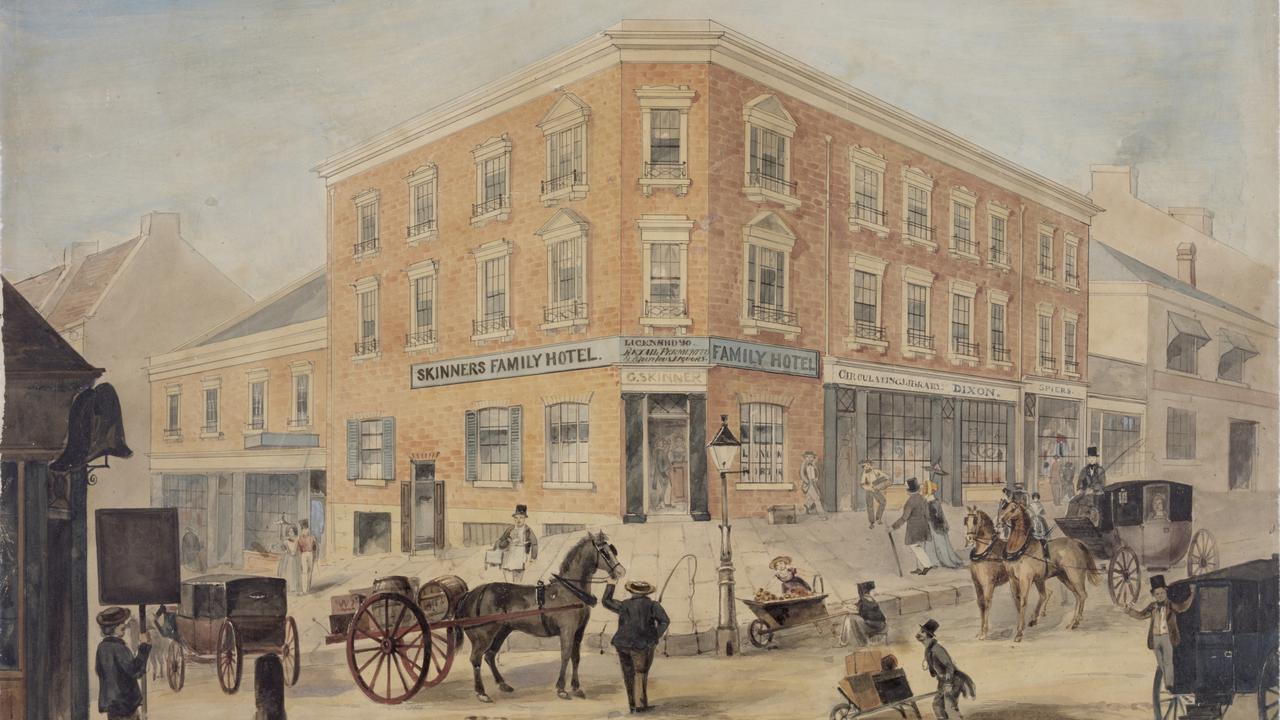
READING LEVEL: GREEN
Sydney’s new Metro has gone back to the future.
The construction of the NSW capital’s new underground train line has led archaeologists on a journey through the past, with the discovery of a historic home and hundreds of artefacts* dating back more than 200 years.
While excavating* the Hunter Street Metro station in the city’s CBD, archaeologists working for Sydney Metro have unearthed sandstock brick footings* from the 1820s – the foundations of the home and office of swashbuckling* Sydney merchant* Prosper de Mestre.
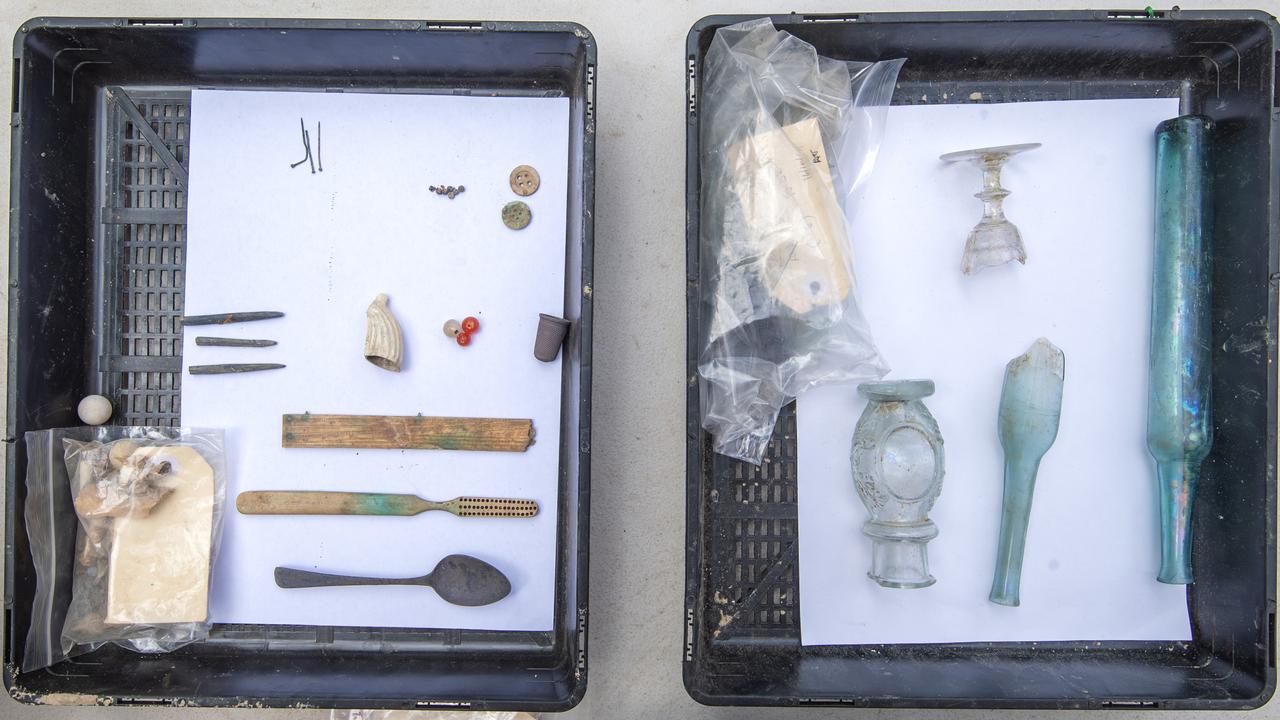
WHO WAS PROSPER DE MESTRE?
De Mestre was a French-born businessman who helped shape commerce* in the British colony of NSW.
The puzzle of de Mestre’s life has been pulled together by his surviving descendants, his great-great-granddaughter, 81-year-old Shirley O’Donovan, and her cousins, including Maree Amor, with the help of historians.
One of Sydney’s most influential and enigmatic* figures, the well-travelled de Mestre became the second person ever to be naturalised* in the colony, one of the only individuals born outside of the British Empire to gain citizenship at the time.
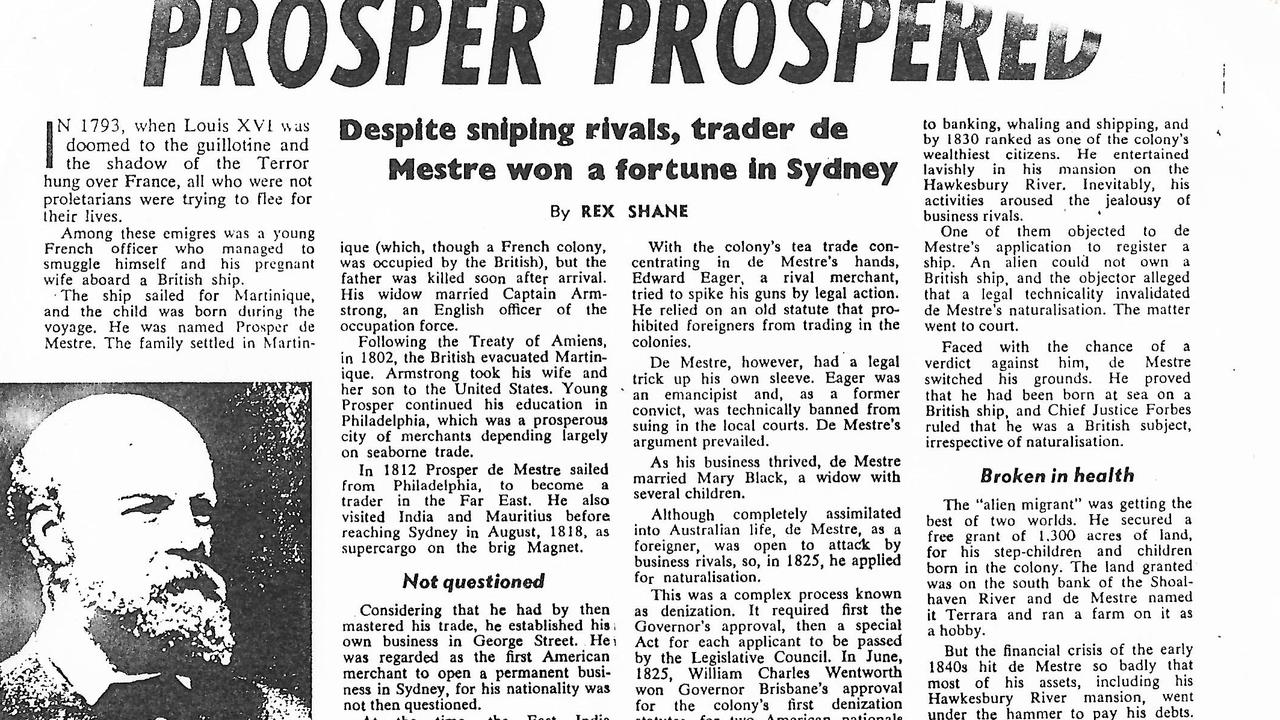
De Mestre dominated the Sydney business community from the 1820s to the 1840s, monopolising* the importation of Chinese tea to the colony. He became one of the earliest Bank of NSW directors in 1826.
De Mestre was born on the eve of the French Revolution in the province of Brittany, the illegitimate* son of a French military officer. His mother and father would later claim they had married before his birth in 1789.
His father, lieutenant colonel André de Mestre, along with his family, was later posted to the island of Martinique in the French Caribbean, where in 1794 he was killed in battle by the invading British army.
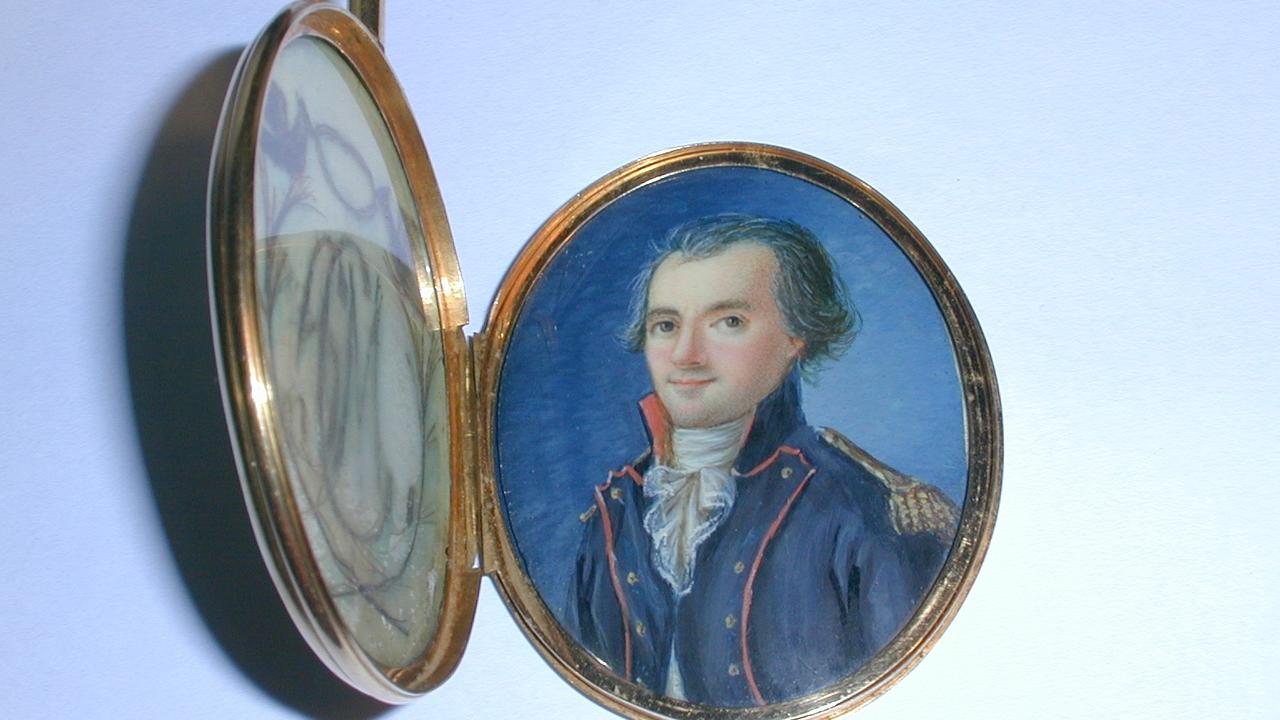
At this time, the young Prosper moved to Philadelphia, Pennsylvania, where he was naturalised as an American citizen before later travelling through China, Mauritius and India.
The globetrotting 25-year-old finally arrived in Sydney in April 1818 on-board a ship from Calcutta called the Magnet. He set himself up as an importer* of foreign goods, using his American and Chinese contacts to import tea.
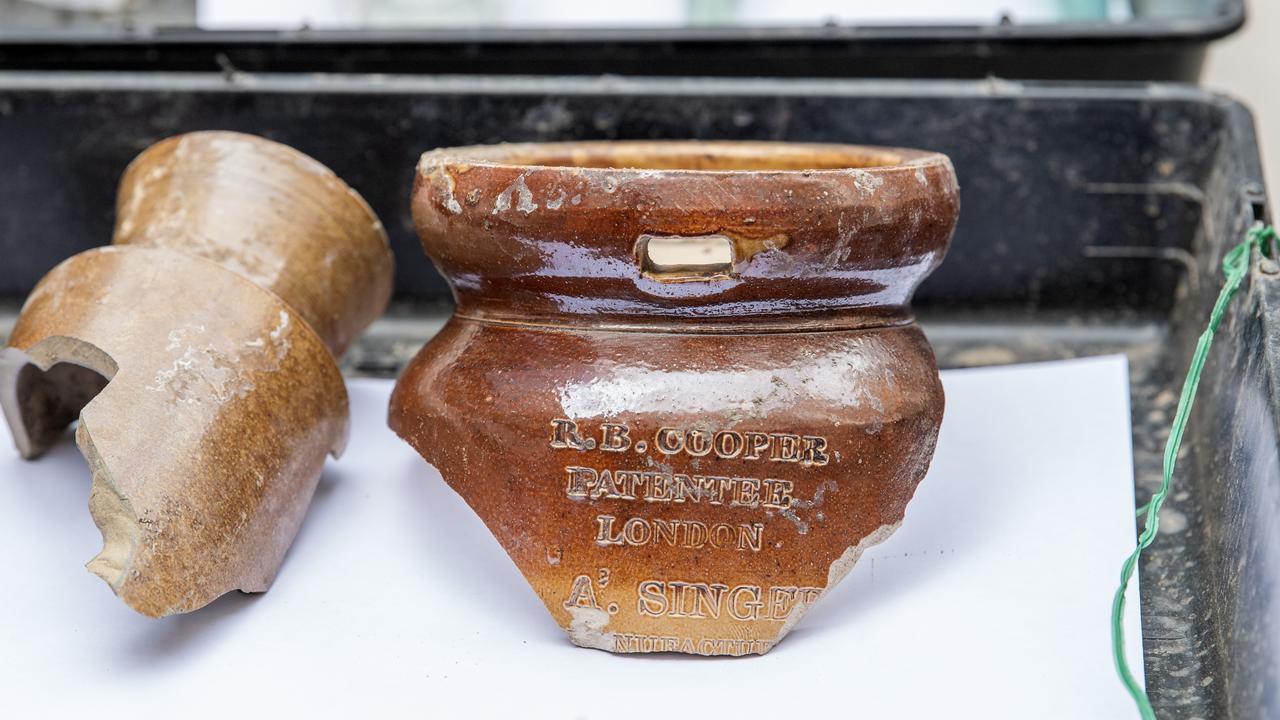
“The other traders in Sydney were most upset at this,” Ms O’Donovan said.
“As he was an American, he was not forced to buy tea from the East India Trading Company, as other traders at the time were. This meant he could sell his goods for much lower prices.”
De Mestre successfully battled attempts by rival merchant Edward Eager to shut his business down by taking him to court. Eager argued that, as a foreigner, de Mestre could not trade in the British colonies. Eager, a former convict, had his suit dismissed because there was a law that prevented former convicts from suing in court.
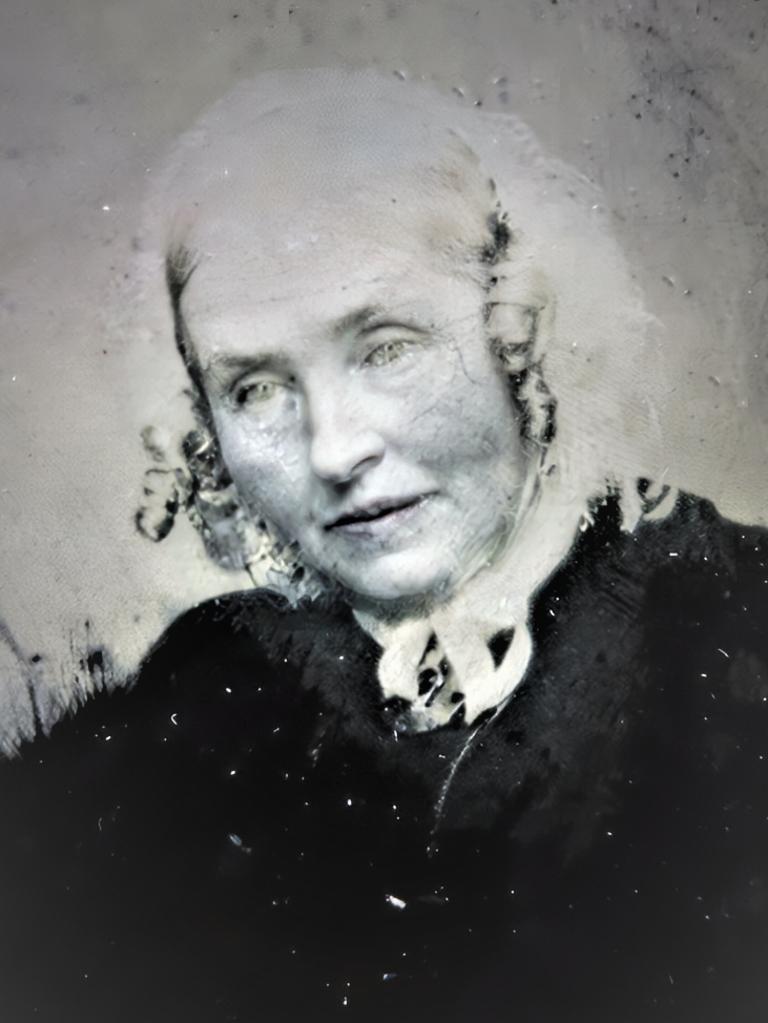
In 1821 De Mestre married Mary-Ann Black, the stepdaughter of prominent Sydney merchant and magistrate Simeon Lord, acquiring the Hunter Street house as part of her dowry*.
He went on to become a director of the Bank of NSW, a founder and director of multiple insurance agencies and a whaler*, but he became bankrupt* in 1844 and died shortly after.
AN EXCITING DISCOVERY
Senior heritage consultant for AMBS Ecology and Heritage, Ronan McEleney said the remains of de Mestre’s house were only found because they had been preserved under a paved road.
Mr McEleney, the archaeologist who headed up the 10-week excavation of the Hunter Street site, said the remains had been hidden under a laneway between George Street and Hunter Street, later known as De Mestre Place. De Mestre had built the laneway in the late 1830s while redeveloping the site with some of the area’s first shopfronts, meaning anything prior had survived.
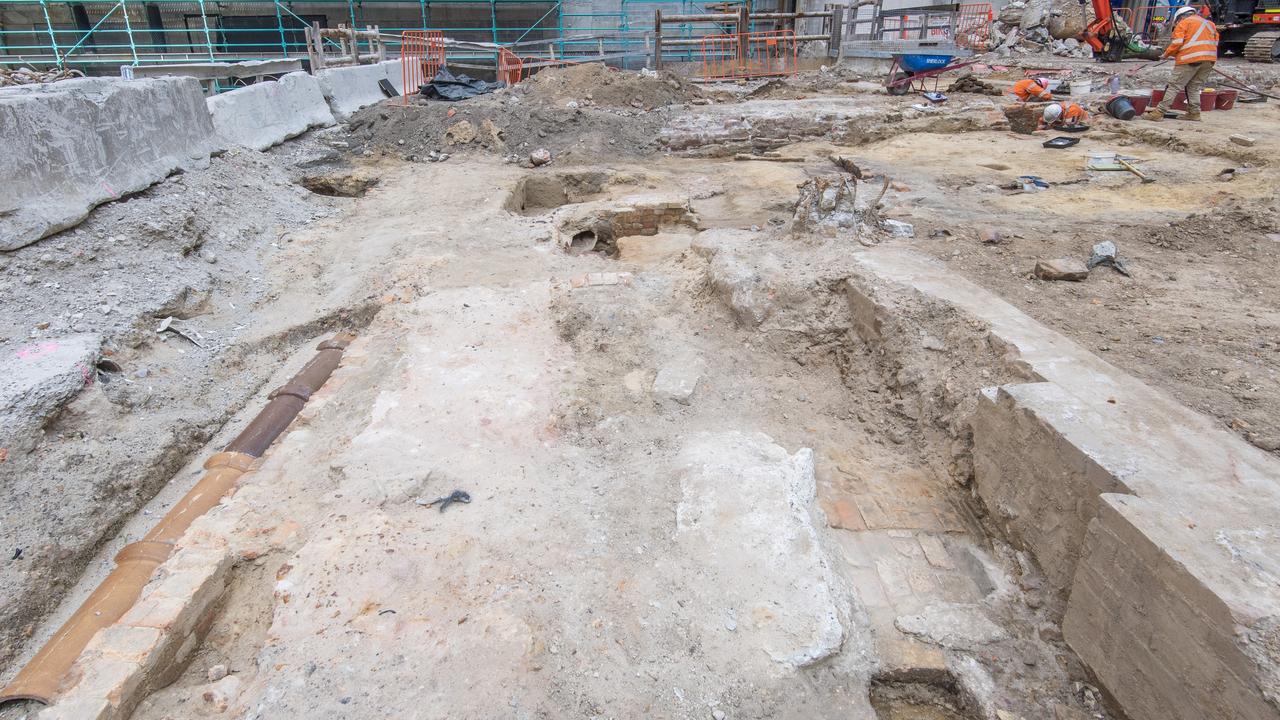
“The site provides great insight into how quickly the city developed,” Mr McEleney said.
The excavation of the flagship Metro station also revealed a treasure trove of artefacts, including 200-year-old gun flint and bullet shells from Sydney’s first military barracks, which stood opposite the site.
“The land was possibly used for dumping by the military across the road very early on, around the 1790s, which is where you get the bullets and ballast*,” Mr McEleney said.
“By 1798 you’ve got the first building on the site, and by the time de Mestre comes in the 1840s, he has put up terrace housing on the site, with shopfronts. That’s really the start of it becoming a proper city street and that’s when you start seeing the city develop in a major way.”
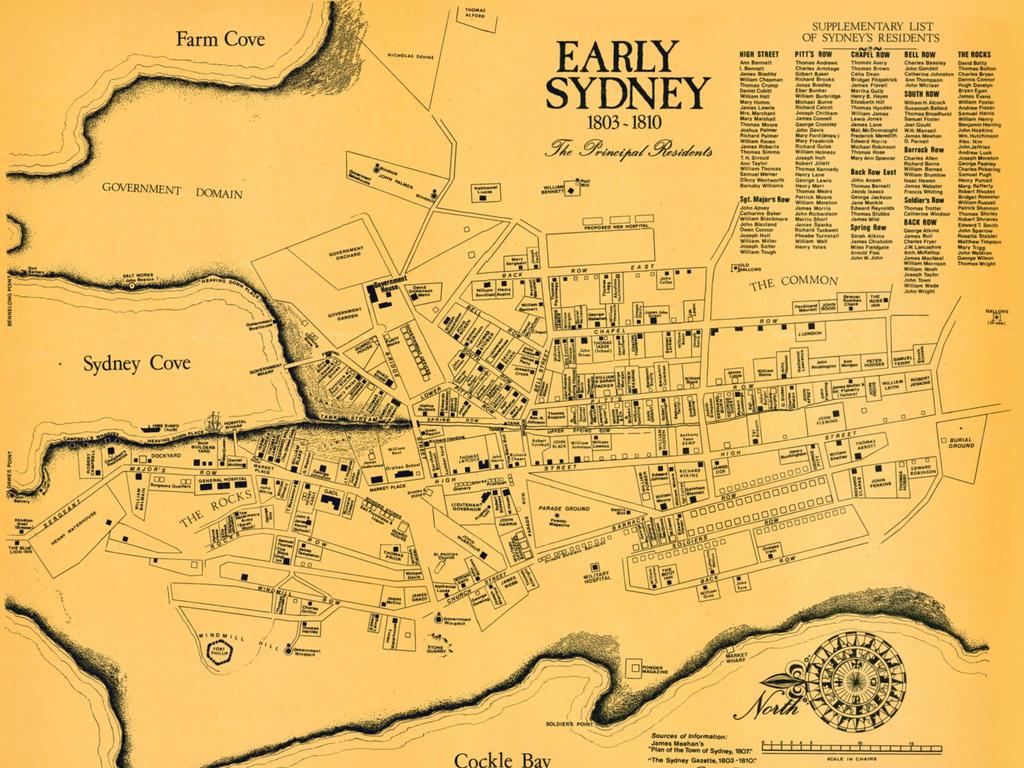
Transport Minister John Graham said the artefacts, which will go on display at a community open day at the site on May 18 “serve as a reminder of how rich the history of the site is”.
“The Hunter Street metro station project is part of Sydney’s future, but these finds are a fascinating window into the city’s past,” he said.
POLL
GLOSSARY
- swashbuckling: behaving in a brave and exciting way
- artefacts: old objects uncovered from the past that have historical significance
- excavating: the act of carefully digging up and uncovering artefacts from historical sites
- footings: the stone foundations that a building was constructed on top of
- merchant: someone who buys and sells products in large amounts, usually from other countries
- monopolising: ruling over something without allowing for any competition from other companies
- illegitimate: born to unmarried parents
- commerce: the activity of buying and selling
- enigmatic: mysterious, hard to understand
- naturalised: be made a citizen of the country
- importer: someone who brings in goods from overseas
- dowry: money or property paid by the family of a bride to the groom when a couple get married, which was a common practice in the 1800s in Britain and its colonies
- whaler: someone who hunts whales. Whaling was a major industry in Australia in the 1800s, with whale oil used as fuel for lamps and baleen used in corsets and whips
- bankrupt: someone who has run out of money, owes money and is unable to repay their debts
- ballast: materials used to control the stability and balance of weapons
EXTRA READING
Pompeii home reveals new clues
King Tut’s dad built ancient town
Mystery of ancient stone circle
QUICK QUIZ
1. Where was Prosper de Mestre born?
2. When did he die?
3. What did he do for a living?
4. Why were old bullet shells likely found at the Metro site?
5. How many weeks did it take archaeologists to excavate the Hunter St site?
LISTEN TO THIS STORY
CLASSROOM ACTIVITIES
1. Historic timeline
Write and draw a historic timeline for the life of Prosper de Mestre. Use all the dates and information provided in the Kids News article to create your timeline.
Ensure it is set out in chronological order that is easy to read and understand.
Time: allow 20 minutes to complete this activity
Curriculum Links: English, History, Personal and Social, Critical and Creative Thinking
2. Extension
How could the new Hunter Street Metro station honour the history and archaeological findings that exist under the station? Give your suggestions below.
Time: allow 10 minutes to complete this activity
Curriculum Links: English, History, Personal and Social, Critical and Creative Thinking
VCOP ACTIVITY
I spy nouns
Nouns are places, names (of people and objects), and time (months or days of the week).
How many nouns can you find in the article?
Can you sort them into places, names and time?
Pick three nouns and add an adjective (describing word) to the nouns.


